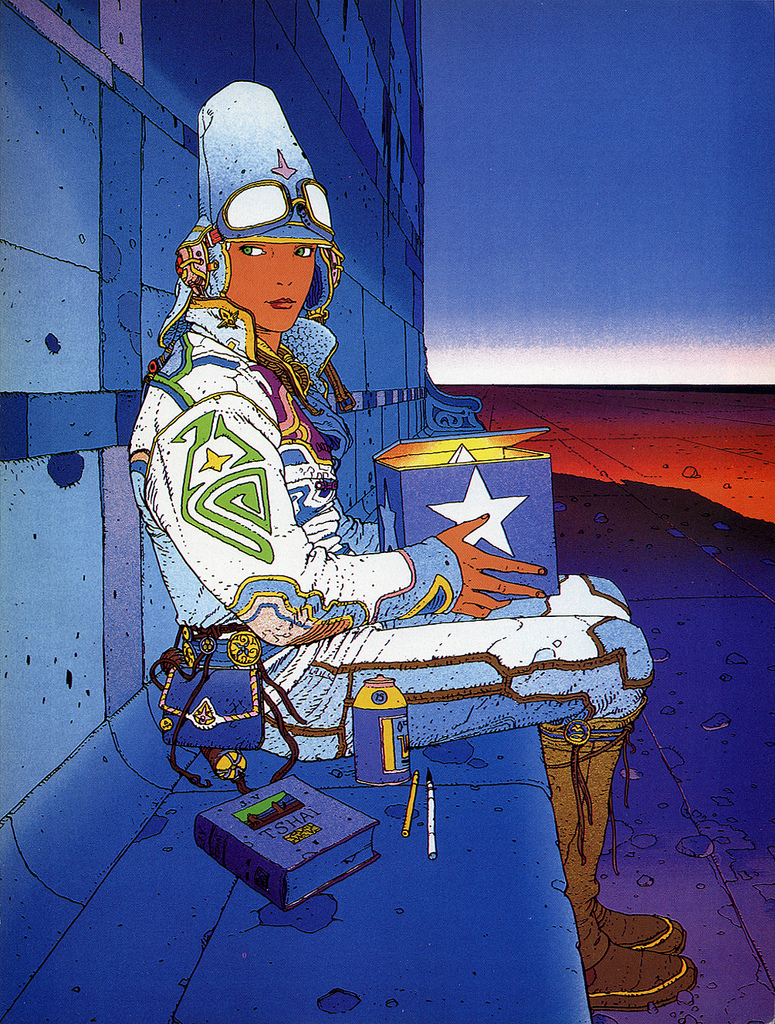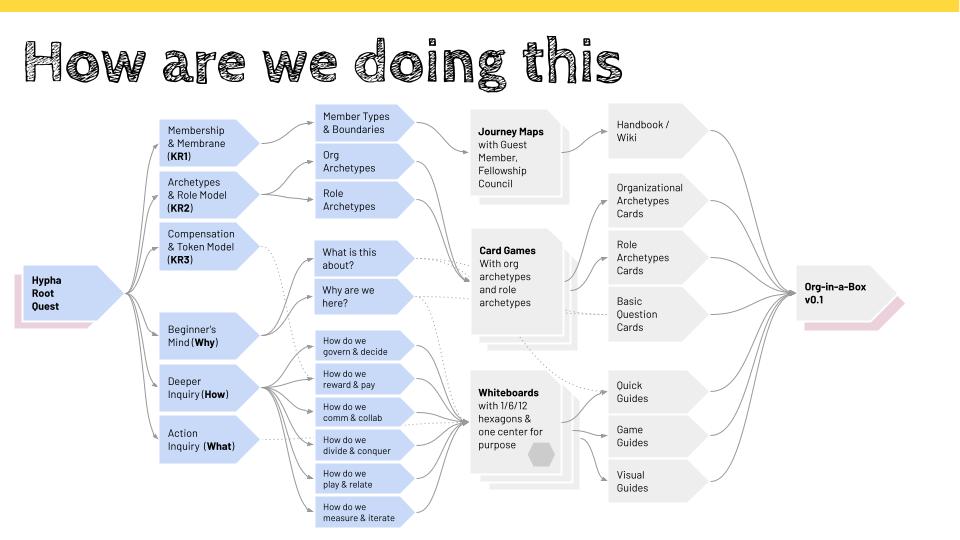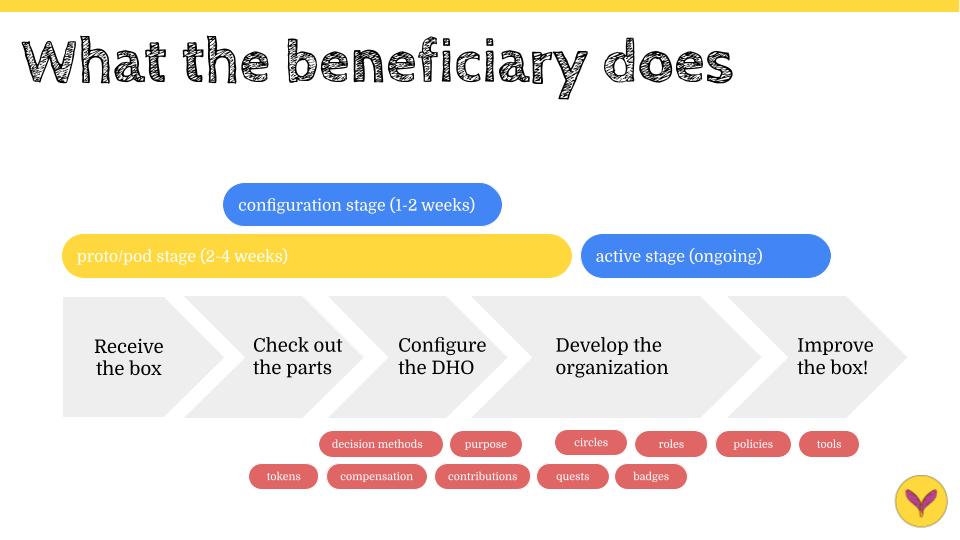Thinking about boxes
Purpose
"Imagine you receive a box that contains everything you need to set up your organization. Imagine you open this box and inside you see a "Quick Guide" that gives you and your team a quick way to launch your own organization without the inertia and pain of following the old paradigm of slowly setting up an HR function to hire and to pay the "right" people, getting managers to control those people, and building an org chart to put these people into tiny squares. Opening the Organization-in-a-Box follows an entirely different kind of paradigm - one in which you can bring your genesis team together, agree on the initial allocation of tokens, download and configure your organization's DNA and then launch it within a much shorter timeframe and with much less startup cost." - The Chronicles of Samara
Concept (Why using boxes)
The concept of the "Organization-in-a-Box" (and later the "Marketplace-in-a-Box and Village-in-a-Box) came from several places:
- the tangible aspect of a "box", something you can (almost) hold in your hands
- the ability to open a large possiblity space that naturally collapses into an org
- the ease-of-delivery aspect of shipping and handing out boxes to clients
- the ease-of-co-creation aspect of compiling the contents of the box together
- the social design process of improving the Open Source contents (Cheryl Heller)
- the blurred line between the digital and the physical (e.g with a deck of cards)
- the Adobe Kickbox concept for innovation teams (see attachments on this page)
Execution (How to launch this)
At this stage, Hypha is focussing on the technology/platform and no other group has developed the concept of the Org-in-a-Box, hence the opportunity is here for Samara to develop this concept into a viable and thriving service. The Org-in-a-Box is kind of a starter pack to get everyone involved in the creation (enfolding) as well as an attractor for people in the field wanting to deploy the box (unfolding). In a way, Samara has already gone through the process of unfolding (unboxing) and can readily apply this experience to developing this capacity for other organizations. It is also important to note that Samara has access to a lot of resources:
TBD
Samara-as-a-Service
The part of execution is concerned with getting the organization into a position where larger projects and activities can be started and maintained (the ability to execute). This is not tied to a specific product or service, just to assess the current state and point to gaps in the future state (the people, the protocols, the decision methods, the structure).
- Finalizing key Samara policies & protocols
- Initializing core circle structure and member roles
- Transitioning to the new DHO (coming Q2)
- Map key connections that have already been established (building trust)
- Mostly ambassadors activating regions/communities/alliances/institutions
- Pick and choose the most impactful pilot area (measuring impact)
- Mostly categorizing and prioritizing the first pilot spaces via key data elements
- The call for Samara-as-a-Service (people, protocols, places, paths)
- Mostly build inventory of people, protocols, decision methods, structure
- The Org-in-a-Box and Mktplce-in-a-Box (artifacts, blueprints, cards, guides)
- Mostly assessing the capacity/capability for co-creation
Box-as-a-Service
The part of execution is concerned with getting the organization into a position to begin a specfic project to launch a product or service (the scope, the approach, the resources, the cost).
- Agreement on funding for box v0.1
- Launch of new Hypha Quest
- Other funding mechanisms
- Agreement on the box creation and delivery (roots)
- Min viable artifacts in physical and digital realm (contents)
- Min viable brand and delivery mechanism to launch concept (packaging)
- Agreement on the first recipients of the box (branches)
- Min viable support and feedback loops (via Ambassadors or Samarans)
- Min viable customer journey maps
- Min impact models (what are the success metrics)
- Min pricing model (free Starter Kit with services/expansions)
Questions
- Are the boxes all different or connected/related? What is the DNA? The wider ecosystem?
- What is the value of the box? Why is the demand increasing?
- Not about making organizations more efficient, it is about organizing people in a deeper and more effective way
- Not about bringing technology to the forefront, it is about transcending technology and focus on what really matters
- Not about creating another isolated silo, it is about a connected ecosystem of active and prosocial participants
- Are we ready to create the boxes, deliver the boxes and answer questions about the boxes?
- Can we adhere to a high level of quality and level of support?
- Where do people go from here after they've completed the box?
- Can people create their own boxes? Add more to boxes?




No Comments